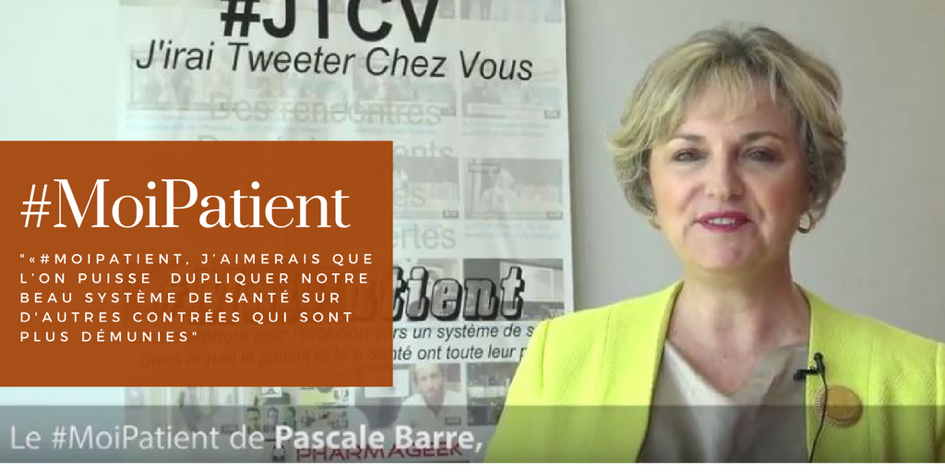JDRF Type 1 Diabetes 101 An educational video about type 1 diabetes signs, symptoms, and treatment, featuring kids and teens with the disease.
26/09/2013The ethical imperative of diabetes interoperability
26/09/2013A remote monitor embedded in insulin pen caps could help personalize diabetes treatment
A health IT startup has embedded a remote monitor in an insulin pen cap to track adherence and spot potential dosage problems early as part of Sanofi’s Data Design Diabetes challenge.
The Sanofi US competition to encourage companies to devise new ways to improve outcomes and lower healthcare costs associated with diabetes has its demo day today. In a contest that generally revolves around various health IT approaches, one company has developed a remote monitoring device to generate big data using the cap of an insulin pen.
Cambridge, Massachusetts-based Common Sensing produced the GoCap — a replacement cap for pre-filled insulin pens that records the level of insulin administered daily and the times it was taken. It transmits that information using Bluetooth to a mobile phone or connected glucometer. The idea is to provide a steady stream of relevant information transmitted in an easily digestable format to alert healthcare professionals to potential problems early enough before they require hospitalization and ramp up healthcare costs.
James White co-founded Common Sensing with Richard Whalley, both MIT graduates. In a phone interview with MedCity News, White — who is also the chief technology officer — said one reason for starting the company is that the data to gauge risk in diabetes patients just isn’t there.
The device offers a way for physicians and patients to gain insight into daily insulin use over time not only to confirm whether the patient is taking their medicine, but also to help physicians adjust the prescribed amount if needed. For example, maybe the patient is not taking big enough dose of insulin in the morning but needs a smaller dose at night.
See on medcitynews.com




